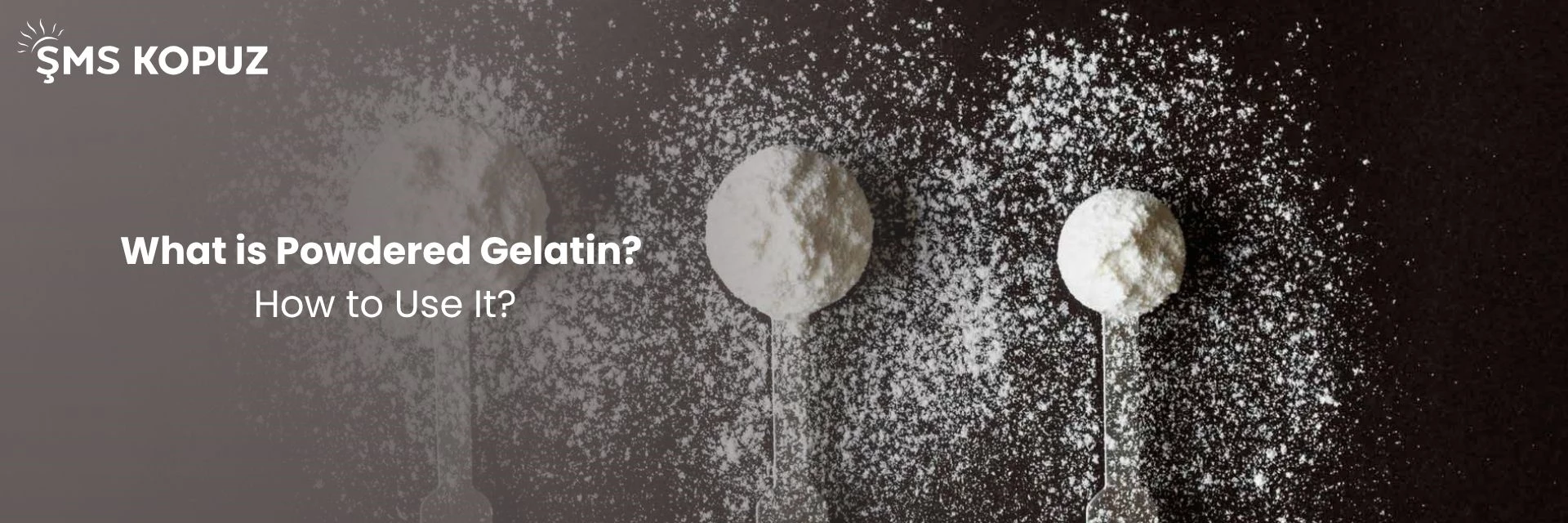
Whether preparing delicious desserts in the kitchen or seeking natural supplements for health, powdered gelatin stands out for its practical use and numerous benefits. So, what exactly is powdered gelatin, what are its health benefits, and most importantly, how is powdered gelatin used? In this article, you will find everything you need to know about gelatin powder—from its definition and areas of application to its health advantages and practical recipe suggestions.
What Is Powdered Gelatin?
Powdered gelatin is a colorless and odorless food additive derived from the processing of collagen protein of animal origin. When in contact with water, it exhibits a gelling property. It is frequently preferred as a thickening agent, particularly in desserts such as cheesecake, pudding, panna cotta, and cakes. Beyond the food industry, it is increasingly used in the fields of health and beauty.
Gelatin is obtained from the bones and connective tissues of animals such as cattle or pigs. Today, halal-certified powdered gelatin options are available, along with widely used plant-based alternatives such as agar-agar and pectin, which are suitable for vegan individuals.
What Are the Benefits of Powdered Gelatin?
The benefits of powdered gelatin extend far beyond the culinary world. Below are some of its key advantages for health:
-
Supports joint health.
-
Strengthens skin, hair, and nails.
-
Promotes healthy digestion.
-
Contributes to muscle and bone development.
-
Provides a feeling of satiety.
Thanks to these benefits, powdered gelatin is not only used in desserts but has also become a popular ingredient in smoothies, soups, and hot beverages.

How to Use Powdered Gelatin?
The method of application may vary depending on the recipe; however, following the basic steps is usually sufficient to prepare powdered gelatin. Here is a step-by-step answer to the question of how to use powdered gelatin:
1. Hydration (Blooming)
Before use, powdered gelatin should be mixed with a small amount of cold water and left to sit for about 5 to 10 minutes to allow it to absorb water and swell. Typically, 4 to 5 tablespoons of water are sufficient for 1 tablespoon of gelatin.
2. Dissolving
The bloomed gelatin mixture should then be dissolved by using the bain-marie method or by gently heating it on low heat until it becomes fully liquid. It should not be boiled, as this may destroy its gelling properties.
3. Adding to the Recipe
The dissolved gelatin is gradually added to the liquid ingredients of the recipe while stirring to achieve a smooth and homogeneous mixture. As the mixture cools, the gelatin will begin to set.
Usage Tips:
- After adding gelatin, the mixture should be poured into molds without waiting too long.
- When preparing fruit-based recipes with enzyme-rich fruits such as pineapple or kiwi, gelatin may not set properly. These fruits should first be cooked briefly before use.

Where Is Powdered Gelatin Used?
- Desserts: Cheesecake, panna cotta, milk-based desserts, jellies.
- Pastry: Cake decorations, fruit glazes.
- Beverages: Used to give a gel-like consistency to smoothies, coffee, and tea.
- Dietary supplements: Consumed with soups or hot drinks to increase collagen intake.
- Cosmetic applications: Used in homemade face masks or hair treatments.
The Silent Hero of the Kitchen
Beyond serving as a thickening agent in the kitchen, powdered gelatin is also valued as a natural source of collagen. It enhances the texture of desserts while simultaneously supporting the body through its protein content. Now that you know what powdered gelatin is, what its benefits are, and how it is used, you can add it to your kitchen with confidence and purpose.
Frequently Asked Questions
What Is Powdered Gelatin?
Powdered gelatin is a colorless, tasteless, and odorless substance derived from animal sources (such as cattle or pig skin, bones, and connective tissues). In the food industry, it is widely used as a thickener and gelling agent. Being protein-based, gelatin forms a gel structure when combined with liquids, providing stability and texture in desserts, pastries, sauces, and a variety of foods. In powdered form, it offers ease of use and versatility across recipes.
How Is Powdered Gelatin Produced?
Powdered gelatin is obtained from animal collagen sources through specialized chemical and mechanical processes. Initially, skin, bones, and connective tissues are cleaned and then hydrolyzed at high temperatures to convert collagen protein into gelatin. The product is then dried and ground into a fine powder.
How Do You Use Powdered Gelatin?
When using powdered gelatin, it should first be sprinkled over cold liquid, such as water or milk. During this stage, the gelatin absorbs the liquid, swells, and develops its gelling ability. Next, it should be gently dissolved over low heat, ensuring it does not boil, as boiling damages its structure and eliminates its ability to gel. The dissolved gelatin should be slowly added to the recipe’s liquid mixture while stirring continuously. This prevents clumping, ensures even distribution, and delivers the desired consistency in your recipe.



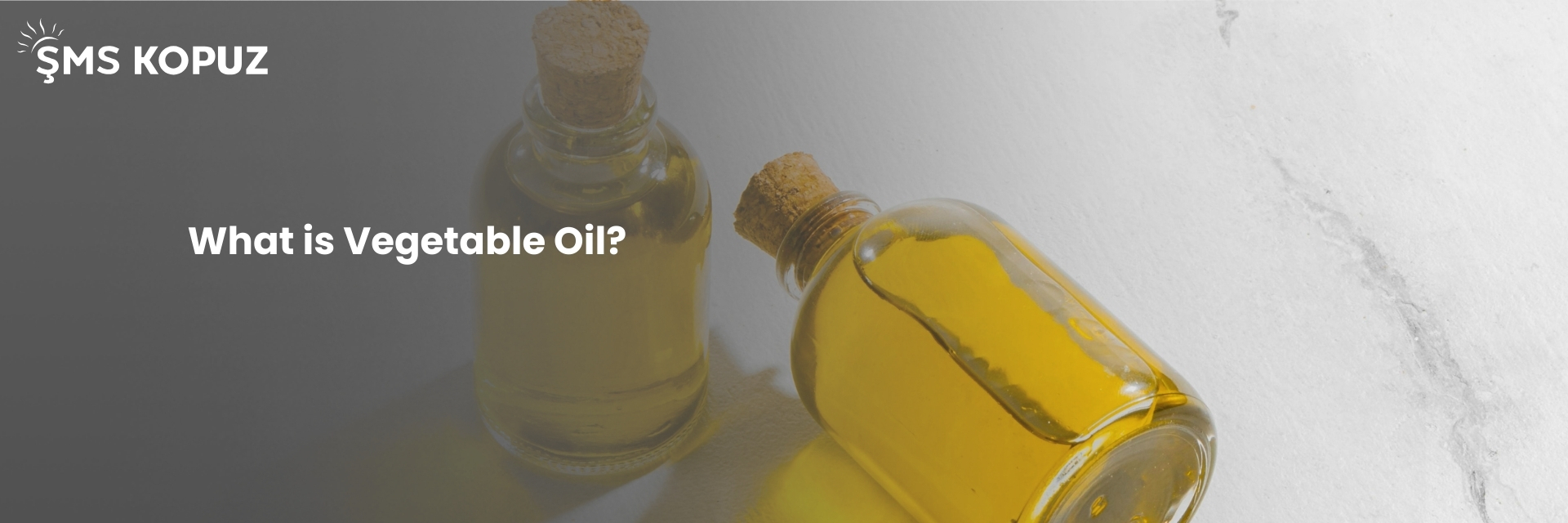
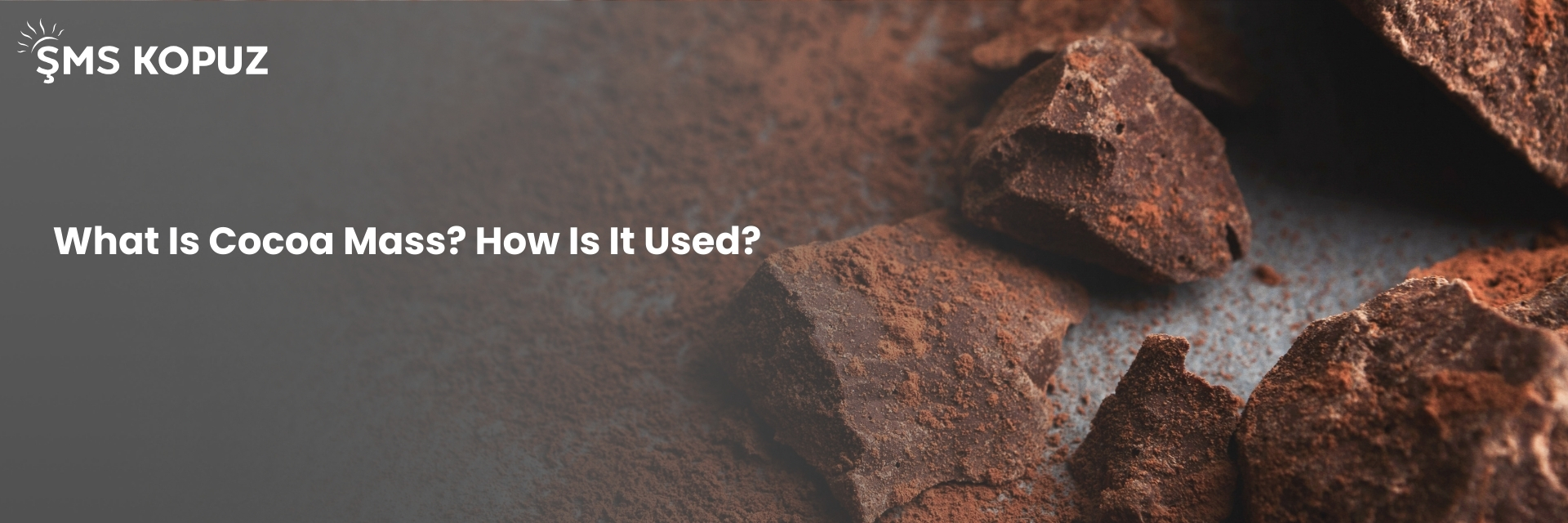
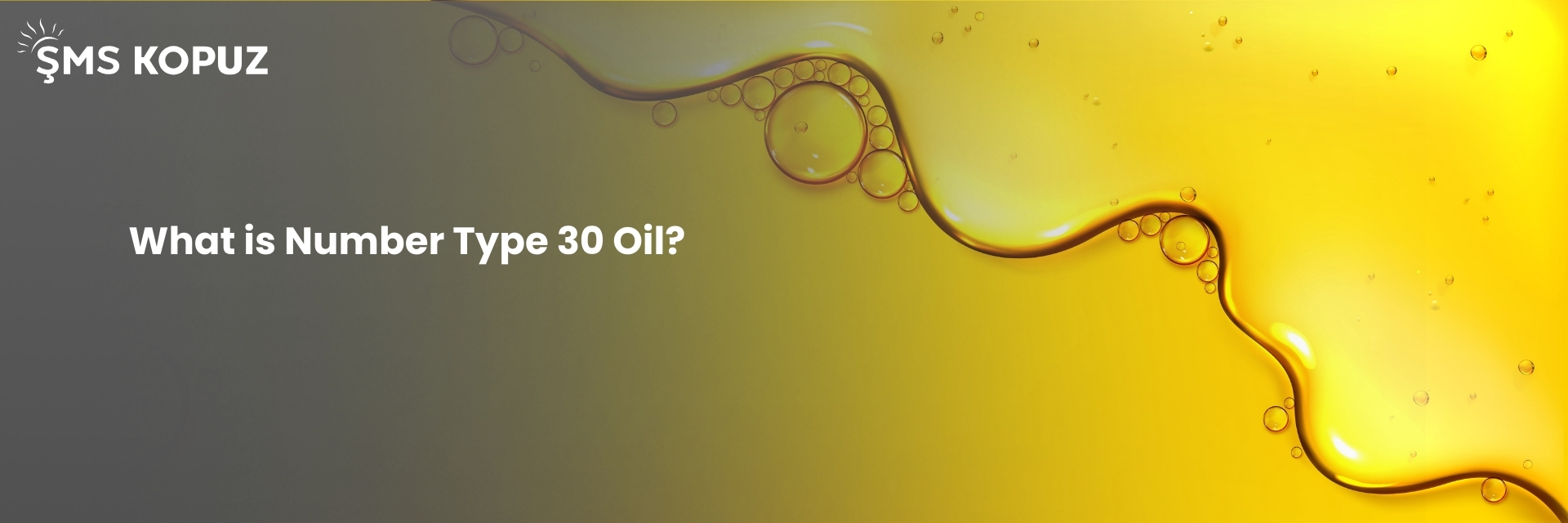
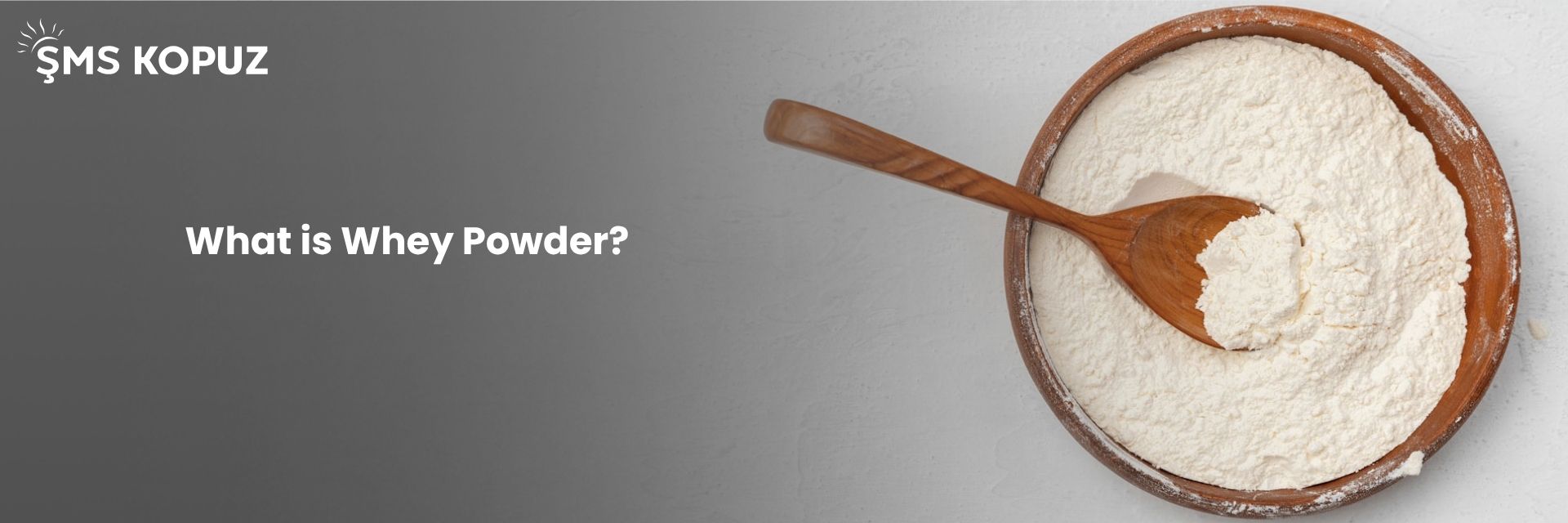
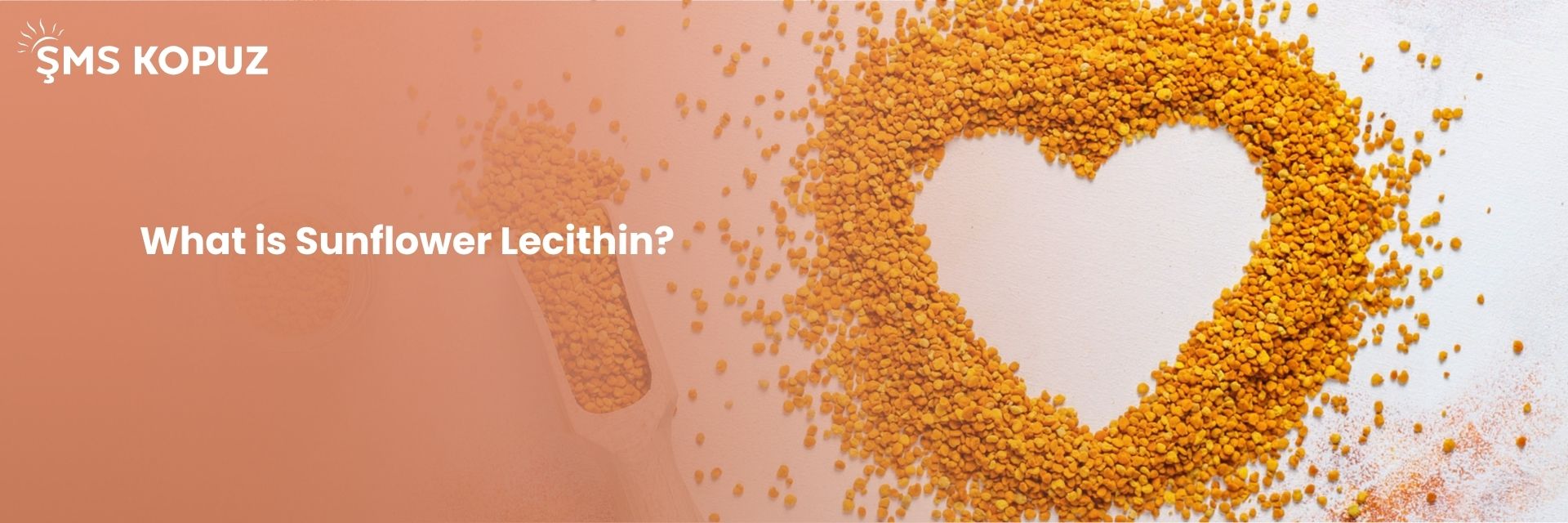
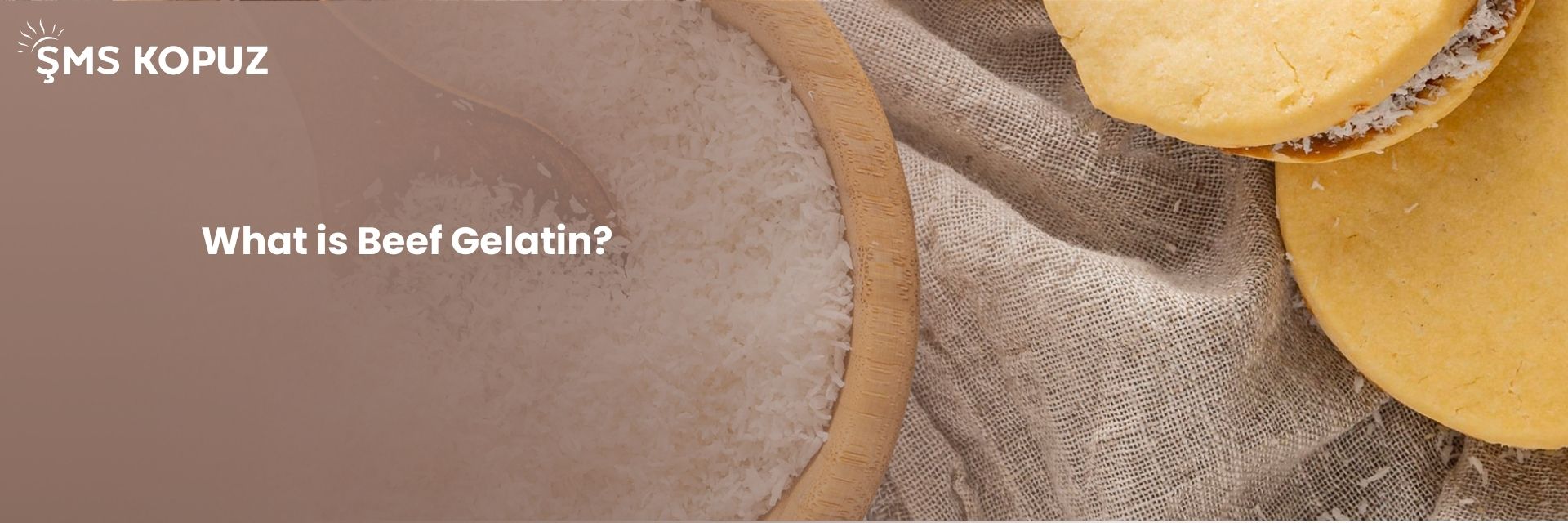



 TR
TR
 EN
EN
 FR
FR
 AR
AR
 RU
RU